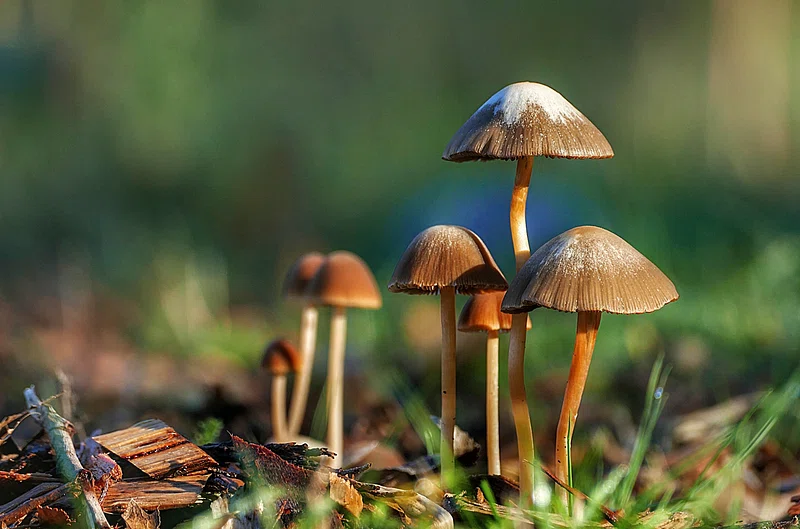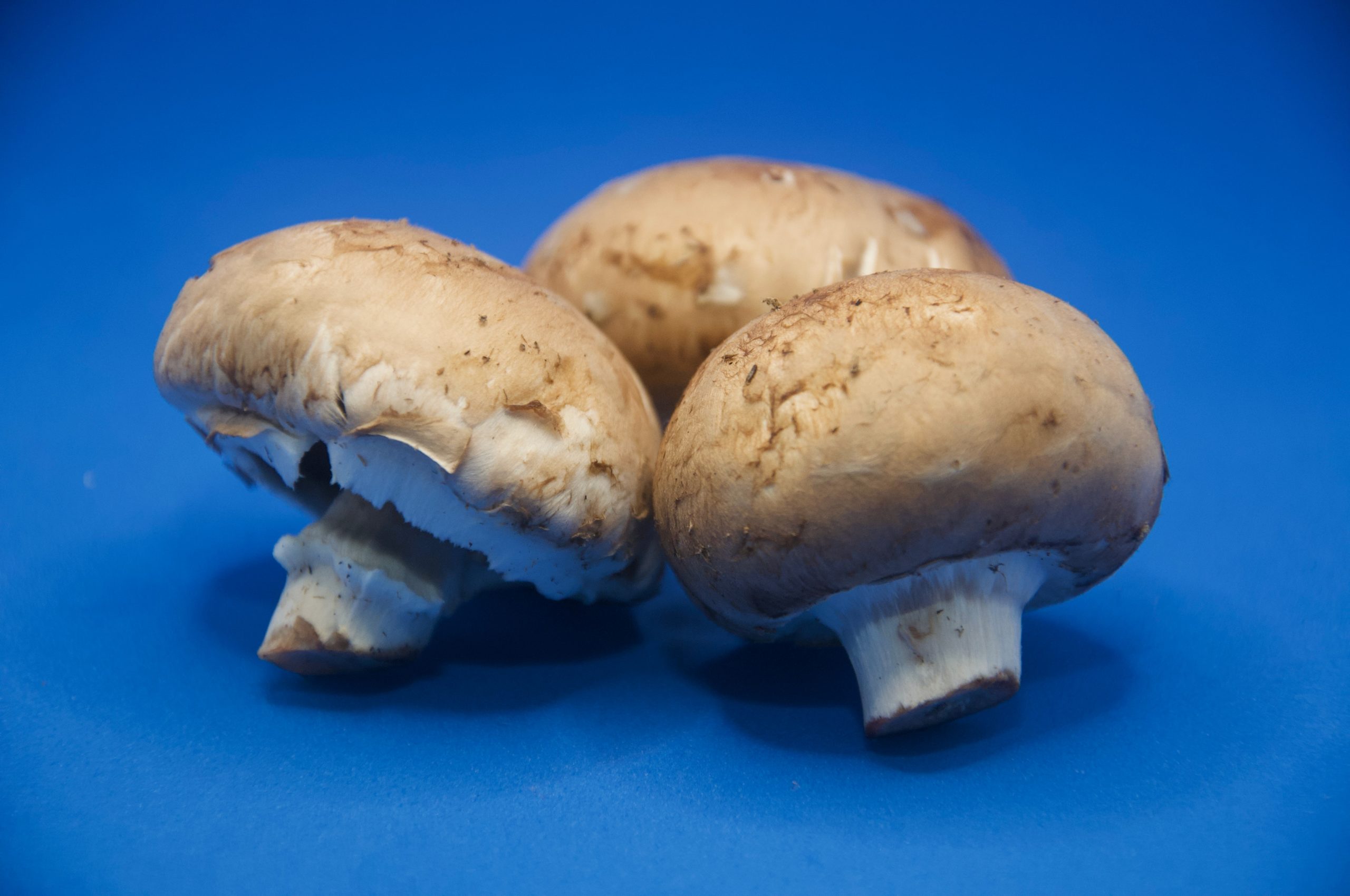Mushroom cultivation at home is an increasingly popular hobby that combines the joy of gardening with the delight of harvesting your own delicious, fresh mushrooms. Whether you’re a culinary enthusiast, a gardening aficionado, or someone simply interested in a new DIY project, growing mushrooms can be a rewarding and fascinating experience. In this beginner’s guide, we’ll explore the essential supplies you’ll need and provide expert tips to help you start your own mushroom cultivation journey.
Why Grow Mushrooms at Home?
Mushrooms are not only delicious but also packed with nutrients. Growing them at home ensures you have a fresh, organic supply right at your fingertips. Plus, it’s a sustainable practice; you can grow mushrooms on a variety of substrates, including coffee grounds and straw, turning waste into food!
Choosing Your Mushroom
The first step in home mushroom cultivation is choosing the right species. Oyster and shiitake mushrooms are great for beginners due to their resilience and relatively simple growing requirements. They also grow relatively quickly, offering a gratifying harvest.
Essential Supplies for Mushroom Cultivation
Mushroom Spores or Spawn: You can purchase these from a reliable garden center or online supplier like us (here!) Spores are like seeds in the mushroom world, while spawn is more akin to seedlings.
Substrate: This is the material on which your mushrooms will grow. Different mushrooms thrive on different substrates. For oyster mushrooms, straw or coffee grounds and hardwood susbtrate work well, while shiitake mushrooms prefer hardwood logs or sawdust.
Growing Container: This could be a plastic bag, a wooden box, or a bucket, depending on the space you have and the type of mushrooms you’re growing.
Humidity and Temperature Control: Mushrooms need specific temperature and humidity levels to thrive. A simple misting bottle can help maintain humidity, and growing mushrooms in a space where you can control temperature, like a basement, is ideal.
Step-by-Step Guide to Growing Mushrooms
Prepare the Substrate: Depending on your choice of mushroom, prepare your substrate accordingly. In general, pasteurization is necessary to kill off any unwanted bacteria.
Inoculate the Substrate: Mix your mushroom spawn with the substrate. This process is called inoculation. Ensure that the spawn is evenly distributed.
Incubation: Place your inoculated substrate in a dark, warm place. This is the incubation period, where the mycelium – the vegetative part of the mushroom – starts to grow.
Fruiting: After a few weeks, you’ll notice the mycelium has colonized the substrate. Now it’s time to induce fruiting. Expose the substrate to more light and adjust humidity and temperature as per the requirements of your chosen mushroom species.
Harvesting: Mushrooms grow quickly once they start. Harvest them when they’re fully grown but before they start to release their spores.
Tips for Successful Mushroom Cultivation
Sterilize Your Tools: Always sterilize your tools and work area to prevent contamination.
Maintain Proper Humidity: Mushrooms need high humidity to grow. Regular misting is crucial.
Be Patient: Some mushrooms take longer to start fruiting. Don’t get discouraged if you don’t see immediate results.
Document Your Process: Keep a cultivation journal. Documenting temperature, humidity, and growth stages can help you learn and improve with each harvest.
Utilizing Your Harvest
Once you’ve harvested your mushrooms, the possibilities are endless. Use them in cooking, or even dry and store them for use in tinctures, edibles, or capsules. Home-grown mushrooms add a fresh, flavorful touch to any dish.
Growing mushrooms at home is an enjoyable and rewarding hobby. It’s a fantastic way to produce your own food and reduce waste. With the right supplies from a brand like ours (and a bit of patience), you’ll be well on your way to harvesting your own delicious mushrooms. Happy growing!


